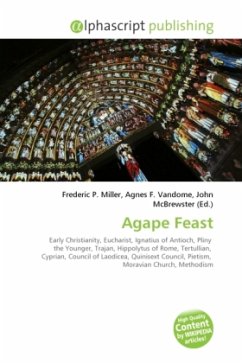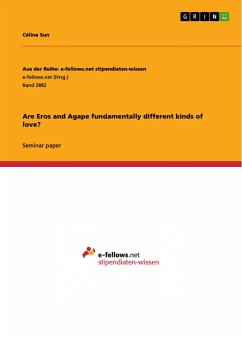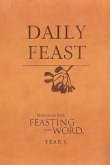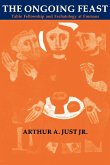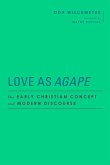The Agape feast or Love feast was a religious meal that seems to have been in use among early Christians and to have been closely related to the Eucharist. References to it are discerned in 1 Corinthians 11:17-34, in Saint Ignatius of Antioch's Letter to the Smyrnaeans, and more particularly in a letter from Pliny the Younger to Trajan, in which he reported that the Christians, after having met "on a stated day" in the early morning to "address a form of prayer to Christ, as to a divinity", later in the day would "reassemble, to eat in common a harmless meal", which is thought to be the Agape. There are possible references to the Agape also in the writings of Hippolytus of Rome and Tertullian. Its connection with the Eucharist had virtually ceased by the time of Cyprian (died 258), when the Eucharist was celebrated fasting in the morning and the agape, increasingly a charity supper, in the evening. The Council of Laodicea of about 363-364 forbade the use of churches for celebrating the Agape or love feast. Though still mentioned in the Quinisext Council of 692, the Agape fell into disuse soon after, except perhaps in Ethiopia.
Bitte wählen Sie Ihr Anliegen aus.
Rechnungen
Retourenschein anfordern
Bestellstatus
Storno

